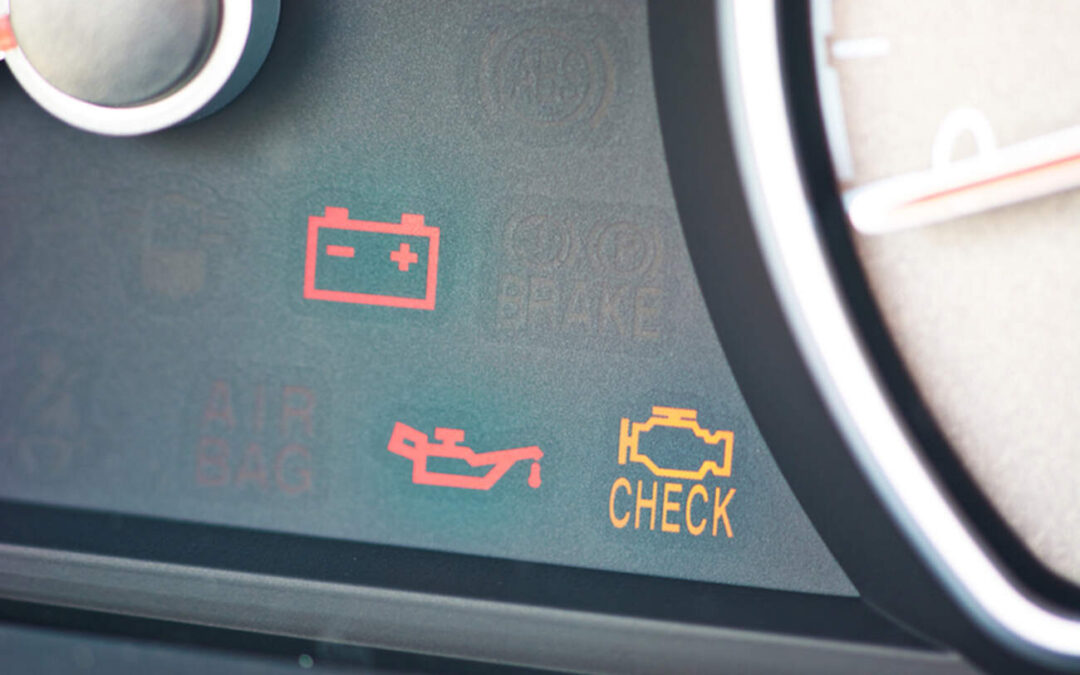Just about everyone who has owned a car has seen the check engine light illuminate. It happens in relatively new cars as well as those that have been on the road for tens of thousands of miles. Do not panic if your vehicle’s check engine light goes on. It could mean a variety of things, many of which are not that serious. Let’s take a look at the possible reasons for the illumination of the check engine light.
Faulty or Loose Gasoline Cap
In some instances, an illuminated check engine light means that the vehicle’s fuel cap was not put back on correctly after filling up at the gas station. Or, it can be an indication that the fuel cap is faulty. Gas caps can become cracked over time, allowing fuel vapors to leak out and put the entire fuel system in disarray.
The result is decreased gas mileage and excessive emissions. Tighten the gas cap to see if it is simply loose. Also, give the gas cap a thorough inspection to determine if there are cracks. You can pick up a new gas cap for a few bucks at an auto parts store.
A Clue That the Oxygen Sensor Must be Replaced
A vehicle’s oxygen sensor is the component that monitors the exhaust’s un-burned oxygen. A faulty sensor will not send the proper information to the car’s internal computer. The result is diminished fuel efficiency and increased emissions.
It is important to point out that the vast majority of vehicles on today’s roads have at least two oxygen sensors. Sometimes, they have four. These sensors are gradually exposed to oil ash that decreases their ability to alter the fuel and oxygen mix. It is critical that you replace a compromised oxygen sensor to prevent a broken catalytic converter that costs several thousands of dollars.
A Sign that the Catalytic Converter Must be Replaced
If your vehicle’s catalytic converter is no longer able to decrease exhaust gases and convert carbon monoxide as well as other harmful substances into harmless byproducts, the check engine light might illuminate. Other indications of a failed catalytic converter are decreased fuel efficiency and an unresponsive gas pedal.
Regular maintenance can prevent such failure yet any sort of deterioration of the spark plugs or faulty oxygen sensors can also spur the need for a replacement.
Spark Plugs Need to be Replaced
When spark plugs fail, they misfire and can’t seal off the combustion chamber. When this occurs, the check engine light illuminates. You might also feel a jolt when the vehicle acceleration as well. If your vehicle was made before 1996, its spark plugs should be replaced every 30,000 miles. The spark plugs on newer vehicles can last upwards of 100,000 miles.
An Indication That the Mass Airflow Sensor Must be Replaced
A faulty mass airflow sensor could be the catalyst for the illumination of your vehicle’s check engine light. The purpose of the mass airflow sensor is to communicate to the vehicle’s computer in the event that fuel must be added. This occurs in relation to the air that flows through the engine.
When a mass airflow sensor goes bad, it heightens emissions, lowers fuel efficiency and might even cause the vehicle to stall. If your vehicle’s air filter has never been replaced or if it was poorly installed, it might be the culprit for your failed mass airflow sensor and consequently, the illuminated check engine light. Replace your vehicle’s air filter a minimum of once per year to guard against the airflow sensor’s failure and avoid the illumination of that pesky “check engine” light.




